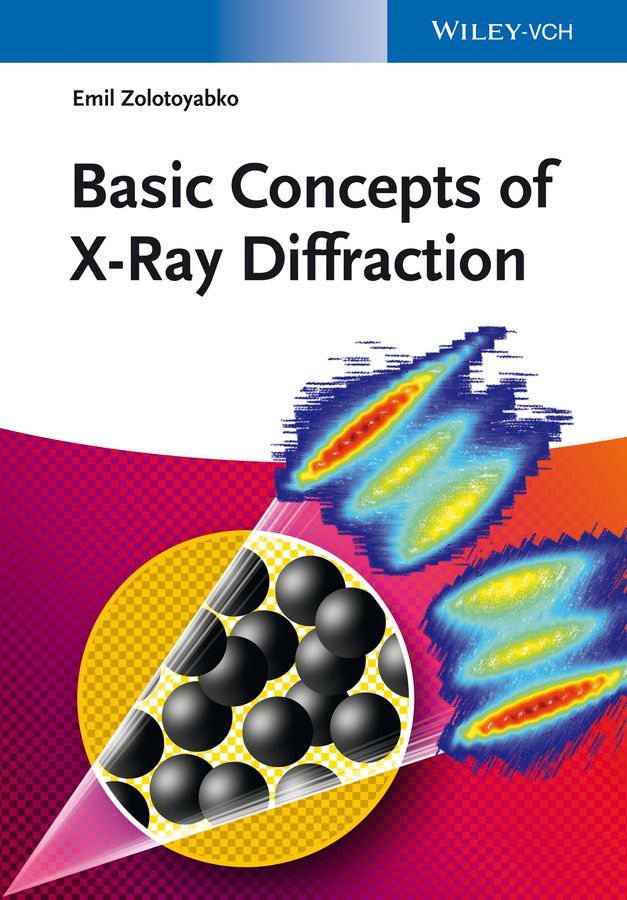Authored by a university professor deeply involved in X-ray diffraction-related research, this textbook is based on his lectures given to graduate students for more than 20 years. It adopts a well-balanced approach, describing basic concepts and experimental techniques, which make X-ray diffraction an unsurpassed method for studying the structure of materials.<br> <br> Both dynamical and kinematic X-ray diffraction is considered from a unified viewpoint, in which the dynamical diffraction in single-scattering approximation serves as a bridge between these two parts. The text emphasizes the fundamental laws that govern the interaction of X-rays with matter, but also covers in detail classical and modern applications, e.g., line broadening, texture and strain/stress analyses, X-ray mapping in reciprocal space, high-resolution X-ray diffraction in the spatial and wave vector domains, X-ray focusing, inelastic and time-resolved X-ray scattering. This unique scope, in combination with otherwise hard-to-find information on analytic expressions for simulating X-ray diffraction profiles in thin-film heterostructures, X-ray interaction with phonons, coherent scattering of Mossbauer radiation, and energy-variable X-ray diffraction, makes the book indispensable for any serious user of X-ray diffraction techniques.<br> <br> Compact and self-contained, this textbook is suitable for students taking X-ray diffraction courses towards specialization in materials science, physics, chemistry, or biology. Numerous clear-cut illustrations, an easy-to-read style of writing, as well as rather short, easily digestible chapters all facilitate comprehension.<br>
Chemistry
Basic Concepts of X-Ray Diffraction
₹7,421.00
This book is currently not in stock. You are pre-ordering this book.

